Setting the Stage: Diagnostics as the Backbone of Preventive Healthcare
Accurate and timely diagnosis forms the cornerstone of effective preventive healthcare, guiding clinical decisions, early interventions, and tailored treatments. Advanced diagnostic tools, empowered by cutting-edge technologies such as artificial intelligence (AI), molecular diagnostics, and digital health platforms, are revolutionizing preventive medicine by enabling earlier disease detection, improving patient outcomes, and reducing healthcare costs. This article explores how these innovations impact preventive healthcare, addressing challenges and highlighting transformative benefits for patients and healthcare systems alike.
The Critical Role of Accurate Diagnosis in Preventive Healthcare
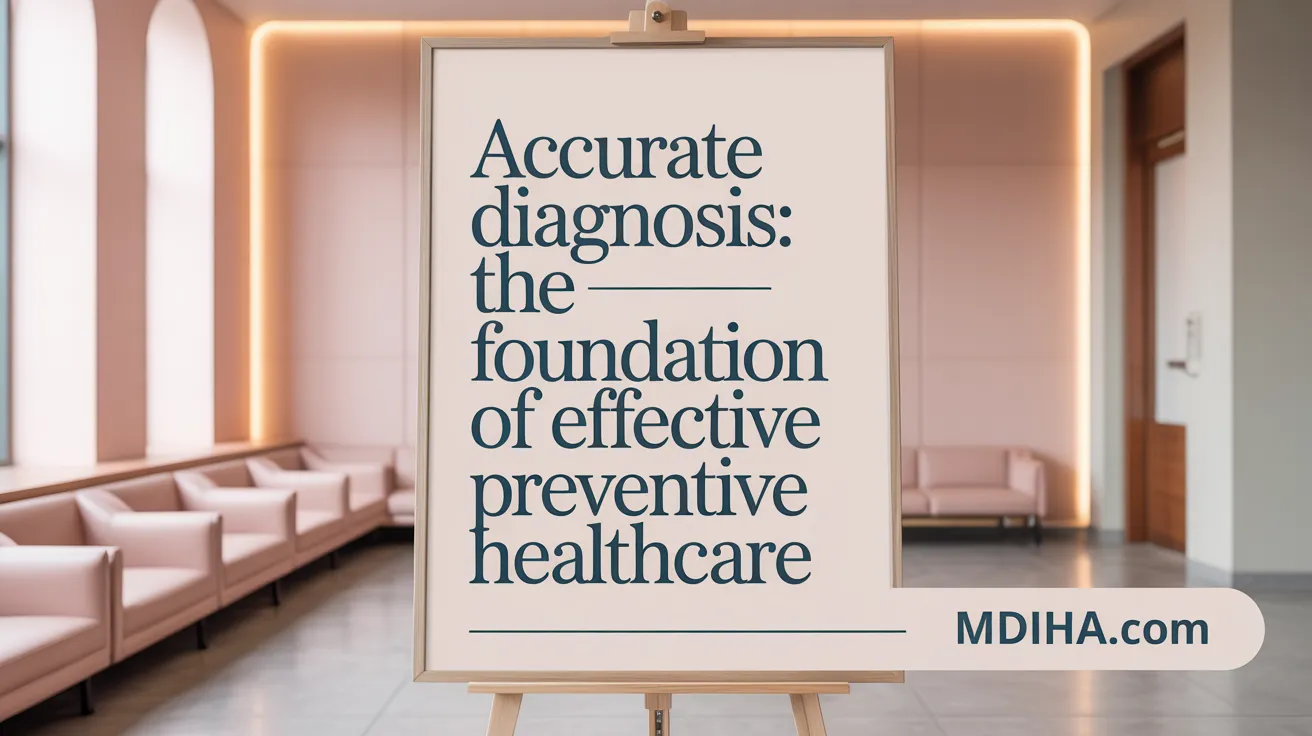
Why is accurate diagnosis essential in preventive healthcare?
Accurate diagnosis plays a vital role in preventive healthcare by ensuring that diseases are detected early, which allows for timely and effective treatment. Early detection helps stop disease progression, reducing the risk of complications and improving patient outcomes. It also supports personalized care, guiding healthcare providers to tailor interventions based on an individual's specific health condition (Accurate diagnosis importance, Digital health technologies for preventive health).
What are the consequences of diagnostic errors?
Diagnostic errors are a significant challenge, impacting roughly 10–15% of diagnoses worldwide. These errors can delay proper treatment and cause patients to undergo unnecessary procedures, increasing healthcare costs and the risk of harm. Diagnostic mistakes often lead to increased morbidity and mortality, thereby compromising overall patient safety (Diagnostic challenges and patient safety, Health Information Technology in Diagnosis).
Significance of diagnostic services in preventive health
Preventive healthcare relies heavily on diagnostic services such as blood tests, X-rays, and EKGs to monitor health risks and detect conditions before symptoms arise. By incorporating these tests into routine health screenings, healthcare providers can identify issues early and recommend lifestyle changes or treatments that prevent disease progression. This proactive approach not only improves health outcomes but also reduces long-term healthcare expenses (Role of Diagnostic Services in Preventive Healthcare, Diagnostic testing in healthcare).
Benefits of early detection through diagnosis
Early diagnosis enables more efficient and effective care by catching diseases in their initial stages. This increases the chance of successful treatment and can lead to better prognosis and lower healthcare costs. For example, early identification of heart conditions via EKG or cancer with advanced imaging significantly improves survival rates and patient quality of life (Advanced diagnostic tools, Transformative power of diagnostics in healthcare).
Patient safety implications
Accurate diagnostic practices directly contribute to patient safety by minimizing diagnostic errors and the risks associated with delayed or inappropriate treatments. Utilizing modern diagnostic tools alongside clinician training and AI-assisted decision support systems can reduce variability and errors, ensuring safer healthcare delivery. Accurate diagnosis also reduces unnecessary interventions that may cause harm, ultimately fostering trust and better patient engagement in preventive care (Accurate diagnosis and patient safety, AI in healthcare diagnostics).
Advanced Diagnostic Technologies Enhancing Precision and Early Detection
How do AI and machine learning improve diagnostic precision?
AI and machine learning transform diagnostics by analyzing vast clinical datasets to uncover complex patterns that might be missed by humans. These technologies assist clinicians in making faster and more accurate diagnoses by reducing human error and standardizing interpretation. Specifically, AI-powered diagnostic tools excel at interpreting medical images and extracting relevant information from clinical notes using advanced methods like image recognition in healthcare and natural language processing in medicine. This integration supports evidence-based decision-making and enhances diagnostic accuracy across multiple medical fields.
What advanced diagnostic technologies contribute to early disease detection?
A variety of advanced technologies play vital roles in early disease detection. Next-generation sequencing and molecular diagnostics analyze genetic information, assisting in the identification of mutations and biomarkers critical for targeted treatment. High-resolution imaging techniques such as MRI, CT, and PET scans provide detailed internal visuals, enabling the detection of subtle abnormalities in oncologic and cardiovascular contexts. Liquid biopsies offer non-invasive monitoring of tumor markers to track cancer progression and treatment response. Genetic profiling helps stratify patients by risk, facilitating personalized preventive and therapeutic strategies. Combined with AI-assisted imaging, these technologies improve early diagnosis and patient outcomes.
Advanced diagnostics are pivotal in oncology and cardiovascular diseases where early and precise detection significantly impacts survival and treatment efficacy. The synergy of AI, molecular methods, and sophisticated imaging forms a comprehensive toolkit that enhances clinical decision-making and personalized care.
Integration of Health Information Technology in the Diagnostic Process
What are the components of health IT involved in diagnostics?
Health information technology (health IT) includes several vital tools used in diagnostics, such as electronic health records (EHRs), clinical decision support (CDS) systems, patient engagement tools, computerized provider order entry, laboratory and medical imaging systems, and health information exchanges. These components collectively capture and organize patient data, enabling efficient clinical workflows.
How does health information technology support the diagnostic process?
Health IT supports diagnostics by capturing relevant clinical information through EHRs, offering CDS tools that provide evidence-based recommendations, facilitating communication among healthcare providers and patients, and enabling timely access to critical patient data. This support improves clinical reasoning and allows clinicians to make faster and more accurate diagnoses.
What role do clinical decision support systems play?
Clinical decision support systems assist by delivering relevant, timely, and evidence-based diagnostic guidance at the point of care. Tools include infobuttons, diagnostic generators, and AI-based applications, such as natural language processing, which help reduce diagnostic variability and errors when properly integrated into clinical workflows.
How important is workflow integration?
Effective integration of health IT into clinical workflows is essential. Poorly designed systems with confusing interfaces or those not tailored to clinicians’ needs may increase cognitive burden and contribute to diagnostic errors. Human-centered design and continuous system improvements enhance usability and clinician satisfaction.
What are the challenges related to interoperability and information flow?
Interoperability among different health IT systems remains a challenge due to varying standards and business incentives that limit seamless data sharing. Breakdowns or delays in information exchange, such as incomplete clinical data or late pathology results, can impede accurate and timely diagnosis, impacting patient safety. These interoperability challenges continue to affect diagnostic accuracy.
How can these challenges impact diagnosis?
Safety risks from health IT include system errors, confusing interfaces, and information overload, which may delay or obscure diagnostic conclusions. Collaboration among health IT vendors, users, policymakers, and continuous evaluation and transparent regulation are necessary to mitigate these risks and harness the full potential of technology in diagnostics. For more details, see Improving Safety and Usability of Health IT.
Digital Health Technologies Empowering Preventive Care and Patient Engagement
What role do digital health technologies play in preventive healthcare?
Digital health technologies have become essential in modern preventive healthcare by offering continuous, real-time data access and early warning capabilities. Wearable devices like fitness trackers and smartwatches monitor vital health indicators such as heart rate, physical activity, and sleep patterns, providing ongoing insight into an individual's health status. Mobile health applications (mHealth apps) complement these devices by delivering personalized health advice, promoting healthy behaviors, and enhancing patient engagement (Digital health technologies for preventive health.
Telemedicine platforms expand the reach of preventive health services by enabling remote consultations and monitoring, improving accessibility for people in underserved or remote regions (Digital health technologies for preventive health. These technologies collectively facilitate early detection, timely intervention, and personalized preventive care, helping reduce the incidence and progression of chronic diseases (Proactive health).
How do these technologies enhance patient self-management and early detection?
Digital health tools empower patients to take an active role in managing their own health. Real-time monitoring through wearable devices allows individuals to track changes in vital signs and lifestyle factors, helping them recognize health risks early (Digital technology in healthcare). Mobile apps provide tailored recommendations and educational content that support behavior modification and adherence to preventive measures (Digital health interventions in primary care).
Telemedicine enables timely remote consultations, reducing barriers to accessing healthcare professionals and ensuring quick response to emerging health concerns. Remote patient monitoring systems capture and transmit clinical data to providers, enabling proactive management of chronic conditions and minimizing complications (Digital health technologies for preventive health. This integration of technology supports continuous care, encourages patient involvement, and ultimately improves health outcomes through earlier diagnosis and intervention (Importance of accurate diagnosis).
Addressing Challenges and Ensuring Safety in Advanced Diagnostics
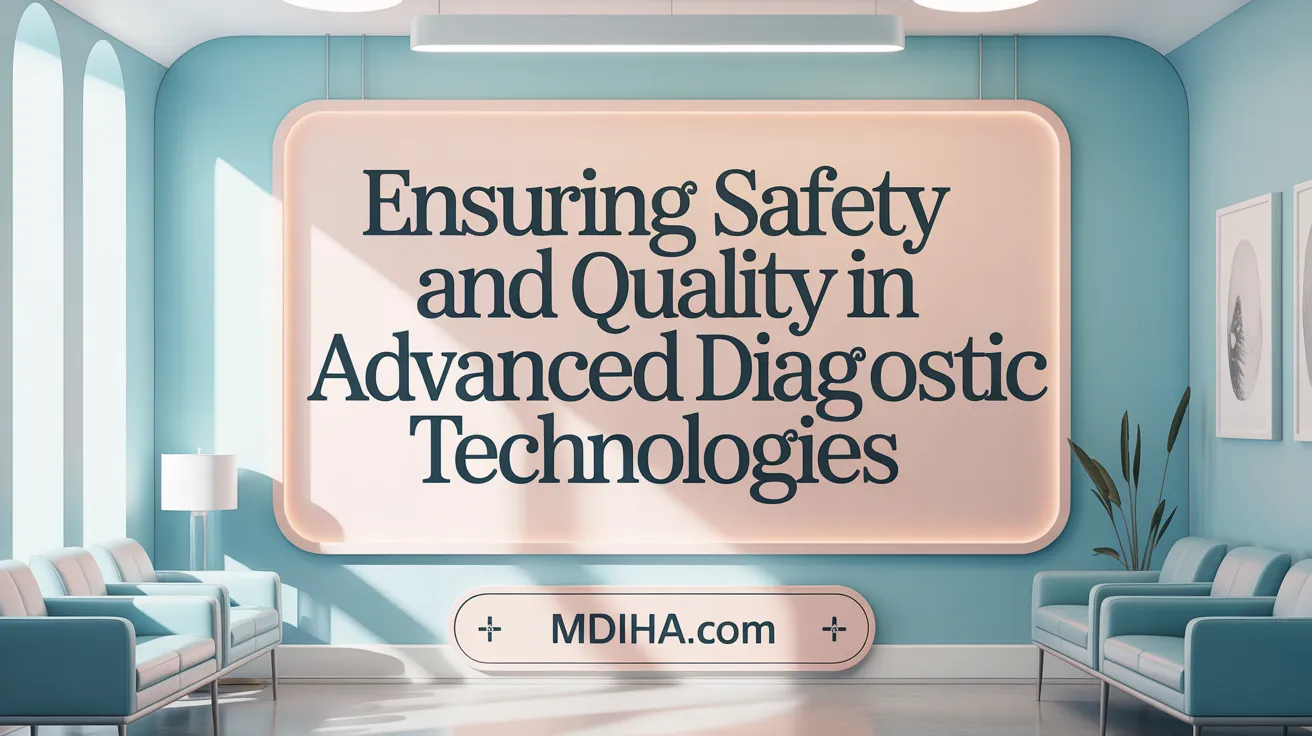
What are the major challenges to effective use of advanced diagnostics?
Advanced diagnostics face various challenges impacting their effectiveness. Cognitive biases and variability in data interpretation among clinicians can lead to diagnostic errors. Fragmented care and limited integration of diagnostic tools into clinical workflows contribute to inconsistencies and delays. Technological integration hurdles, such as poorly designed health IT systems and interoperability issues, often impede timely access to relevant information. Resource limitations—ranging from equipment availability to skilled personnel shortages—also restrict diagnostic capacity, especially in low-resource settings. Moreover, concerns about data privacy and the ethical use of patient information underscore the importance of safeguarding sensitive data in diagnostic processes. Lastly, navigating complex regulatory landscapes can delay the adoption and accessibility of innovative diagnostic technologies, presenting a barrier to widespread utilization.
How are quality and safety ensured in advanced diagnostic testing?
Ensuring quality and safety in advanced diagnostic testing relies on several critical measures. Laboratories and diagnostic centers adhere to accreditation standards like NABL (National Accreditation Board for Testing and Calibration Laboratories) and NABH (National Accreditation Board for Hospitals & Healthcare Providers) to maintain high operational standards. Robust clinical protocols and structured diagnostic procedures help reduce errors and improve accuracy. Continuous clinician training enhances competency in interpreting diagnostic results and employing new technologies effectively. Regulatory oversight by government agencies and independent evaluations ensure that diagnostic tools meet safety and performance benchmarks. Ethical considerations, including informed consent and data security, are embedded into guidelines to protect patient rights. Additionally, advancements such as AI-assisted diagnostics are paired with rigorous validation and transparency initiatives to mitigate risks associated with automated decision-making.
Commercialization and Market Dynamics of Advanced Diagnostic Tools
What are the key factors for successful commercialization of advanced diagnostics?
Successful commercialization of advanced diagnostic tools hinges on several critical elements. First, companies must prove the analytical validity, clinical validity, and clinical utility of their tests; this proof is vital for securing reimbursement and inclusion in clinical guidelines. Next, establishing broad market access involves obtaining regulatory approvals and crafting flexible pricing strategies that accommodate diverse healthcare settings.
Furthermore, engagement with a wide range of stakeholders—including healthcare providers, health systems, patients, and biopharma partnerships—is essential to drive adoption and integration of diagnostics into clinical practice. Early involvement of these groups facilitates smoother market entry and extends the eventual impact of diagnostic innovations.
What are the market trends and challenges for diagnostic companies?
The preventive healthcare technologies and services market is expanding rapidly, with a projected compound annual growth rate (CAGR) of approximately 11.8% from 2024 to 2034. Digital health advancements, particularly in artificial intelligence (AI) and screening tools, strongly fuel this growth.
Despite this optimism, many advanced diagnostic companies struggle with profitability due to the substantial investments required and prolonged commercial development cycles, often spanning a decade or more. This underscores the investment intensity of the sector and the need for strategic planning and sufficient capital.
| Aspect | Details | Impact |
|---|---|---|
| Proof of Utility | Analytical & clinical validity; clinical utility for reimbursement | Critical for regulatory approval and physician acceptance |
| Market Access | Regulatory clearance, reimbursement, flexible pricing | Enables wide adoption and patient access |
| Stakeholder Engagement | Early involvement of providers, patients, health systems, and industry partners | Facilitates smoother commercialization and market penetration |
| Market Growth | CAGR ~11.8% over next decade; driven by digital health and AI | Expanding opportunities but higher competition |
| Investment Challenges | High development costs, long timelines, initial non-profitability | Requires robust funding and strategic resource management |
The Role of Diagnostics in Precision Medicine and Personalized Preventive Strategies
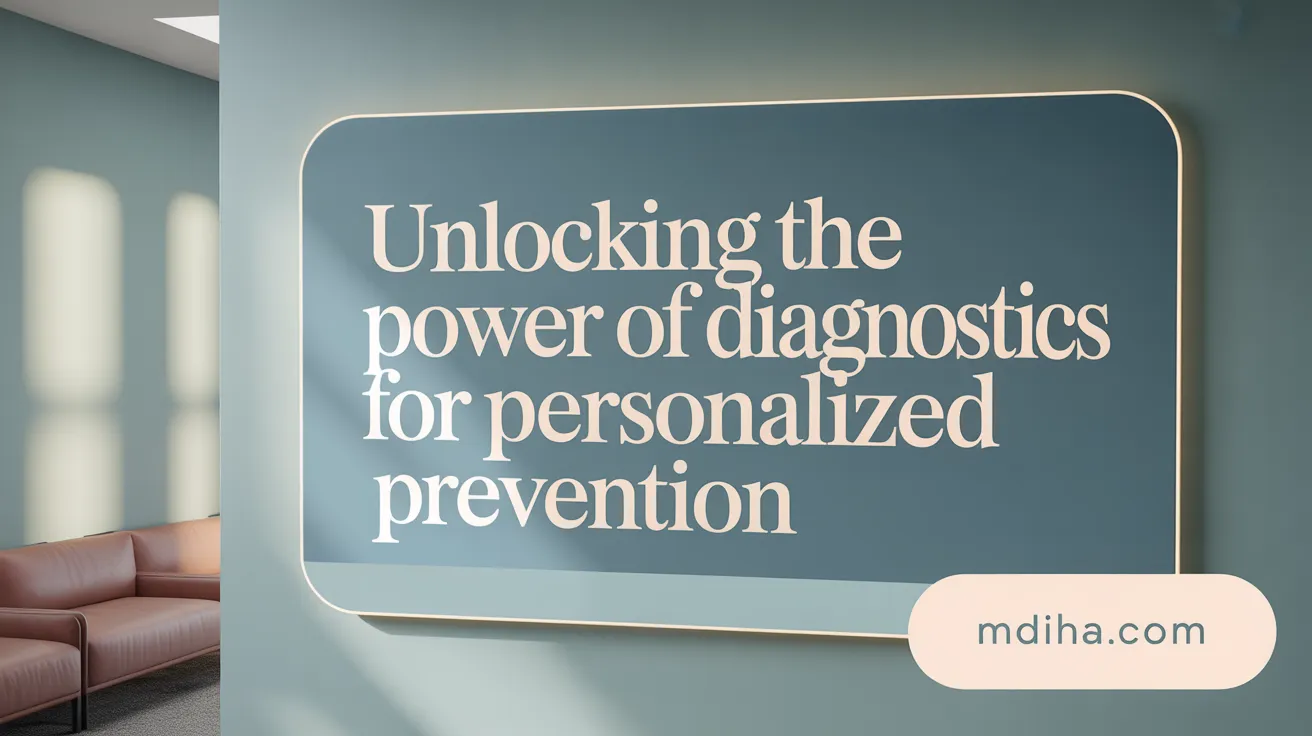
How do advanced diagnostics support precision medicine?
Advanced diagnostics are transforming healthcare by offering detailed insights into an individual's unique genetic and molecular makeup. Techniques such as genomic sequencing, molecular profiling, and biomarker analysis provide critical data that enable personalized risk assessment. This process helps clinicians understand a patient's susceptibility to certain diseases and the likely progression of those conditions.
In oncology, these diagnostics are especially impactful. They guide tailored treatment planning by identifying specific genetic mutations and molecular subtypes of cancers. This precision allows the selection of therapies targeted to the individual tumor biology, which improves treatment efficacy and reduces the risk of adverse effects. Beyond cancer, molecular diagnostics contribute to managing chronic diseases by supporting early detection and customized care plans.
What benefits do personalized preventive strategies bring?
Personalized preventive healthcare focuses on recognizing individuals at high risk and designing interventions that suit their specific health profiles. By integrating advanced diagnostic results, healthcare providers can recommend customized screening schedules and targeted interventions that are more effective than one-size-fits-all approaches.
These strategies increase patient engagement and compliance, as treatments and lifestyle recommendations are directly relevant to the patient's unique condition. Early identification of risks enables timely prevention efforts, reducing disease burden and healthcare costs in the long term. Overall, personalized preventive strategies significantly enhance health outcomes by enabling proactive and precise healthcare management.
| Aspect | Description | Impact |
|---|---|---|
| Genomic & Molecular Diagnostics | Use of sequencing and biomarker tests | Detailed profiling of disease risk and biology |
| Personalized Risk Assessment | Analysis of individual genetic and lifestyle factors | Identifies high-risk patients for targeted care |
| Tailored Treatment Planning | Customized therapies based on diagnostic insights | Improves efficacy and minimizes side effects |
| Oncology & Chronic Diseases | Application in cancer and long-term condition management | Enables early detection and precision treatment |
This integrated approach to diagnostics and personalized prevention is reshaping modern medicine, offering hope for improved patient outcomes and advancing the field toward more precise and effective healthcare.
Emerging Trends: AI, Genomics, and Digital Health Shaping Future Preventive Care
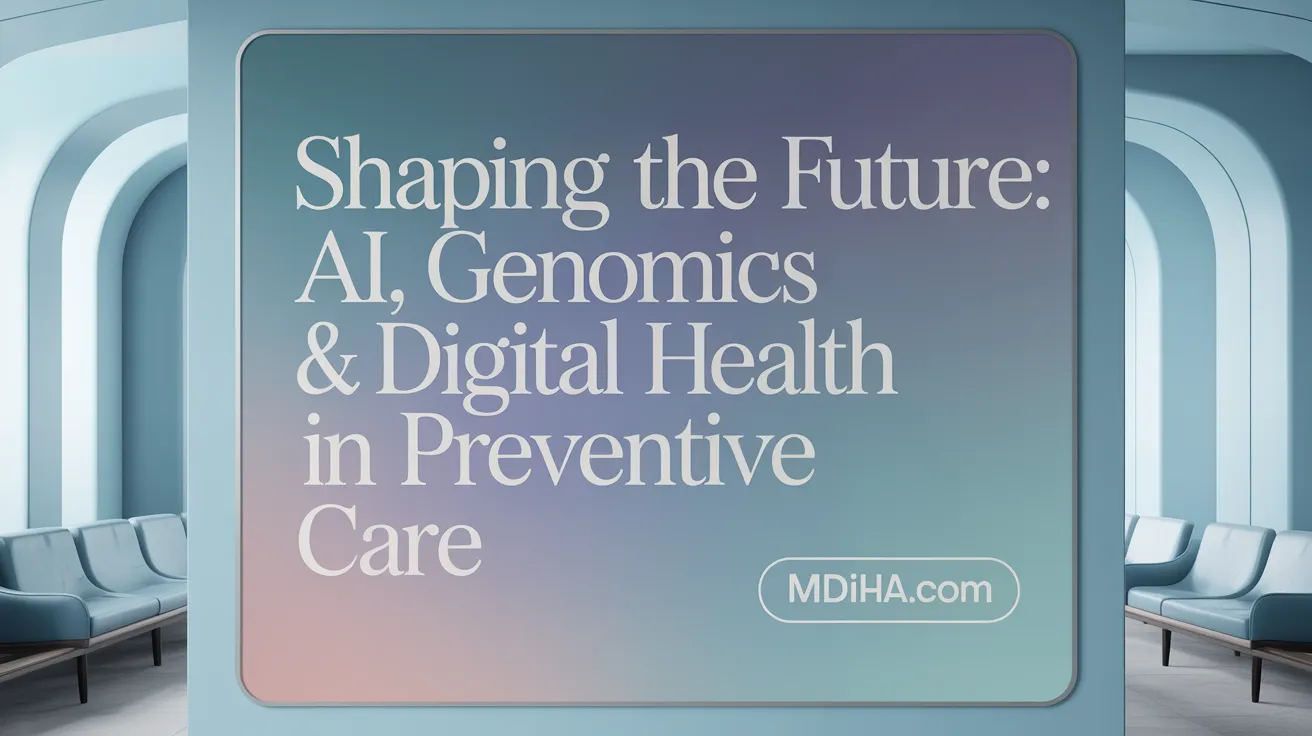
What emerging technologies are shaping the future of preventive healthcare?
Emerging technologies are revolutionizing preventive healthcare by enabling earlier and more personalized interventions. AI-driven predictive analytics leverage vast amounts of clinical data to forecast disease risks and identify at-risk individuals well before symptoms appear. Genomic risk scoring, particularly with polygenic risk scores, allows clinicians to stratify patients based on their genetic predispositions, facilitating tailored screening and preventive strategies.
Digital health applications, including mobile health apps, telemedicine platforms, and wearable devices, continuously monitor vital signs and lifestyle factors, promoting proactive health management. These tools enhance patient engagement by offering personalized recommendations and real-time feedback. Moreover, integrated data platforms combine electronic health records (EHRs), genetic information, and patient-generated data to support continuous health monitoring and population health management initiatives that prioritize early detection and intervention.
What ethical and regulatory challenges accompany these innovations?
The rapid adoption of these advanced technologies brings critical ethical and regulatory challenges. Data privacy and security are paramount, given the sensitive nature of health and genetic information; compliance with regulations like HIPAA and GDPR is essential to protect patient confidentiality. Algorithmic bias poses risks of unequal care if AI models do not adequately represent diverse populations, potentially exacerbating health disparities.
Ensuring clinical validation and transparency in AI decision-making processes is vital to maintain clinician and patient trust. Equitable access to these technologies must be addressed to prevent widening the digital divide, especially for underserved communities. Ongoing regulatory oversight is necessary to standardize these innovations, safeguard patient safety, and foster responsible integration into healthcare systems.
Conclusion: Advancing Preventive Healthcare Through Harnessing Diagnostic Innovation
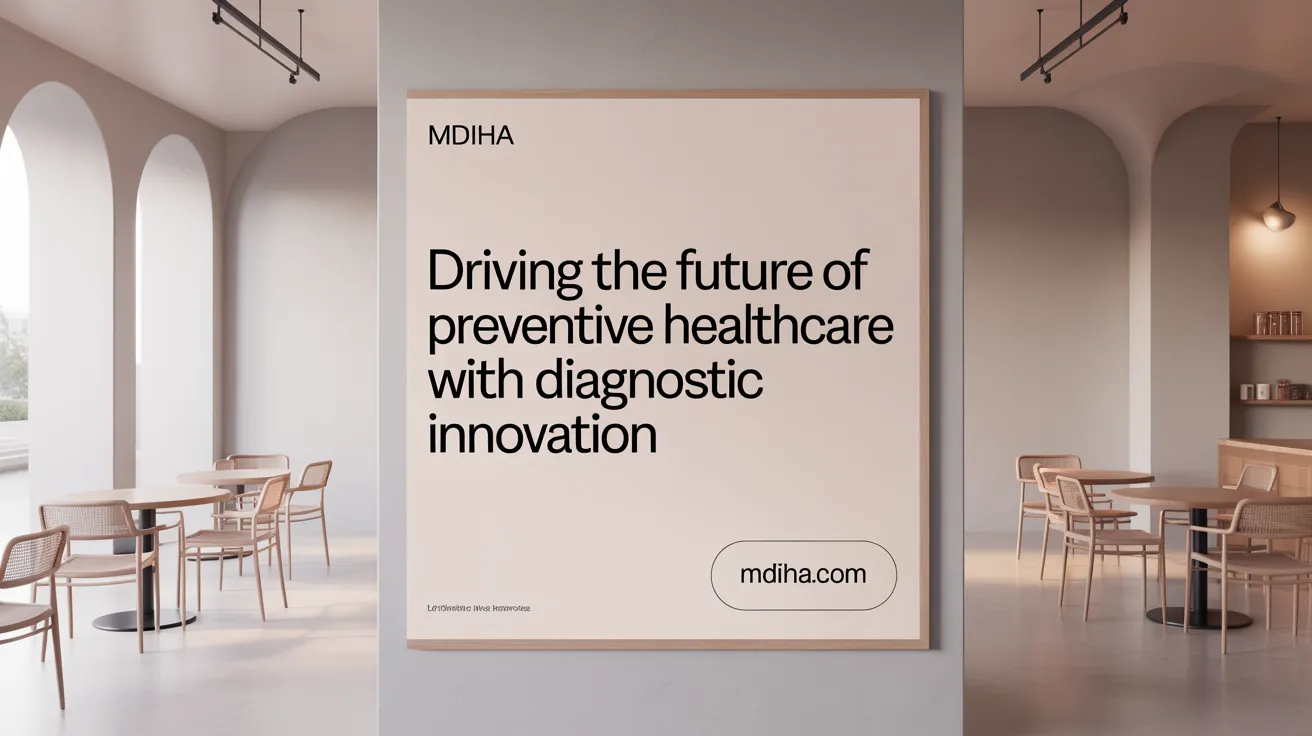
What is the overall impact of advanced diagnostic tools on preventive healthcare?
Advanced diagnostic tools have revolutionized preventive healthcare by enabling earlier disease detection and more precise diagnosis. These tools improve diagnostic accuracy, leading to personalized treatment plans that better match patient needs. Early and accurate diagnosis helps reduce healthcare costs by preventing disease progression and unnecessary procedures. Moreover, diagnostics empower patients with actionable health insights, promoting active engagement and adherence to preventive care strategies. The integration of technologies like AI and digital health platforms further enhances accessibility and supports more equitable healthcare delivery.
What are the future priorities for maximizing benefits of diagnostic innovations?
Key future priorities focus on improving the interoperability and usability of diagnostic technologies to seamlessly fit clinical workflows. Addressing ethical and regulatory challenges is essential to ensure data privacy, security, and unbiased AI algorithms. Multidisciplinary collaboration among clinicians, technologists, regulators, and patients is vital for effective innovation adoption. Expanding access to advanced diagnostics in underserved and low-resource settings will help reduce health disparities. Lastly, ongoing research including large real-world studies is necessary to validate clinical outcomes and optimize patient safety.
Why is integration and collaboration important in advancing preventive healthcare?
Integrating advanced diagnostics with electronic health records, clinical decision support, and telehealth services strengthens care coordination. Collaboration between healthcare providers, technology developers, and policymakers ensures solutions are clinically relevant, user-friendly, and regulated for quality and safety. This teamwork improves diagnostic workflows, reduces errors, and facilitates timely interventions, ultimately enhancing patient outcomes.
How does diagnostic innovation support patient-centered care?
Diagnostic innovations provide detailed and individualized health information, enabling tailored preventive strategies and improving patient understanding of their health status. Easy access to results through digital platforms engages patients in self-care and informed decision-making, increasing compliance and satisfaction.
What is the impact on health systems?
By enhancing diagnostic precision and enabling early intervention, advanced diagnostics reduce hospitalization rates, avoid costly complications, and promote value-based care. This leads to optimized resource use, better health outcomes at population levels, and sustainability within healthcare systems.
Looking Ahead: Harnessing Diagnostics to Advance Preventive Medicine
The integration of advanced diagnostic tools into preventive healthcare marks a transformative shift toward earlier detection, more precise interventions, and personalized patient care. By overcoming challenges related to technology adoption, safety, and equitable access, healthcare systems can leverage diagnostics to reduce disease burden and improve health outcomes broadly. Continued innovation, robust clinical validation, and collaborative efforts across sectors will be essential to unlock the full potential of these tools, paving the way for a future where prevention is proactive, efficient, and accessible to all.
